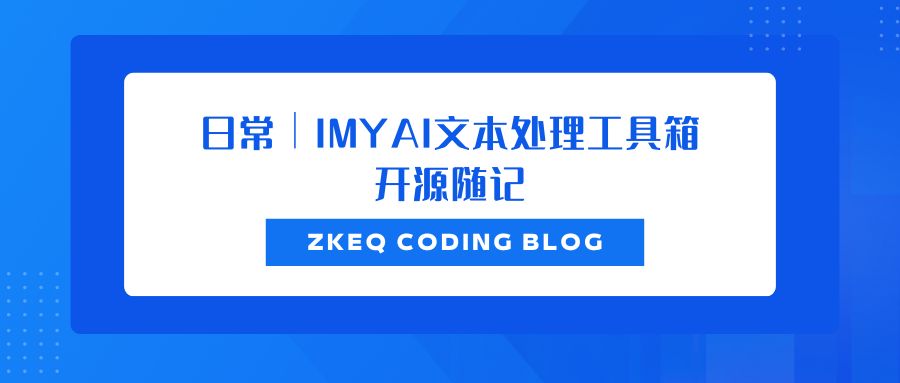序列化
初识序列化与反序列化
对象信息或数据结构信息通过转换达到存储或者传输的效果- 可以用比特的编码与解码进行联想
可序列化的数据类型
numberstrlisttupledict# 最常用的
Python中的json模块
| 方法名 | 参数 | 介绍 | 举例 | 返回值 |
|---|---|---|---|---|
dumps |
obj | 对象序列化 | json.dumps([1,2]) |
字符串 |
loads |
str | 返序列化 | Json.loads('[1,2,3]') |
原始数据类型 |
Python中的pickle
| 方法名 | 参数 | 介绍 | 举例 | 返回值 |
|---|---|---|---|---|
dumps |
obj | 对象序列化 | pickle.dumps([1,2]) |
比特 |
loads |
byte | 返序列化 | pickle.loads('[1, 2, 3]') |
原始数据类型 |
代码
1 | |
本博客所有文章除特别声明外,均采用 CC BY-NC-SA 4.0 许可协议。转载请注明来自 ZkeqのCoding日志!
评论




![KubeEdge | [进阶] KubeEdge高可用环境搭建](https://img.onmicrosoft.cn/ke/202305180000661.png)